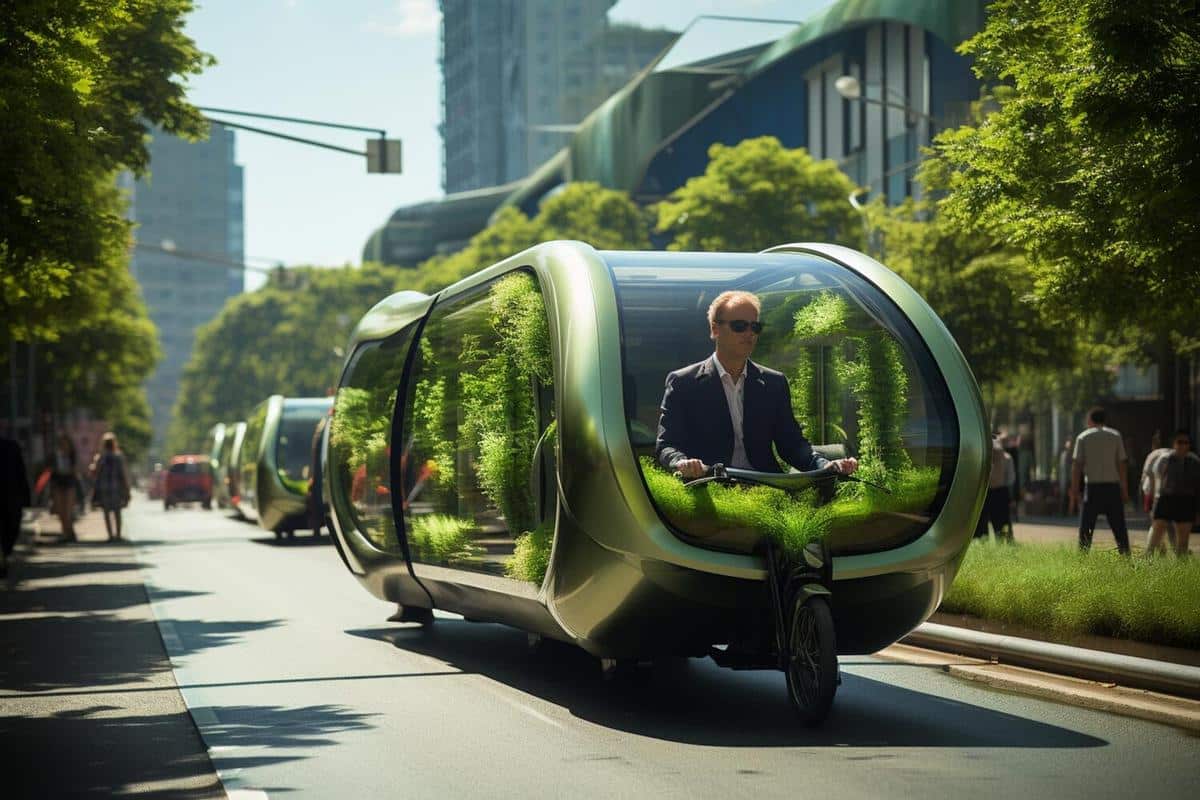
How Clean Energy Sources Are Powering Future Transportation
As the world steadily shifts towards sustainable solutions, clean energy is emerging as a pivotal force in the transformation of transportation systems. The integration of renewable energy sources is not just a trend but a necessity for a sustainable future, driving innovations that are reshaping how we travel.
The move towards clean energy in transportation is not solely an environmental endeavor but a strategic shift that encompasses technological, economic, and societal dimensions. This shift is being powered by advances in renewable energy technologies, including solar, wind, and biofuels, each playing a unique role in powering the vehicles of tomorrow.
Innovative Clean Energy Solutions
In recent years, electric vehicles (EVs) have gained significant traction. According to the International Energy Agency, the global EV stock reached 10 million in 2020, a 43% increase from the previous year. This surge is driven by both consumer demand for sustainable options and governmental policies encouraging clean energy adoption. Expert Elon Musk highlights, “The transition to sustainable energy is inevitable and necessary for the survival of our planet.”
Solar-Powered Transportation
Solar energy is increasingly being harnessed for transportation. Companies are developing solar-powered cars that can charge themselves while parked, reducing reliance on external power sources. This innovation is not limited to cars; solar panels are also being incorporated into buses and trains, creating a more sustainable public transport system.
Wind Energy in Transportation
While wind energy is commonly associated with electricity generation, it also holds potential for transportation. Wind-powered ships, for example, use rotor sails that harness wind power to reduce fuel consumption by up to 20%. This use of wind technology is a testament to its versatility and potential in reducing carbon footprints in maritime transport.
Biofuels as a Sustainable Alternative
Biofuels, derived from organic materials, offer an eco-friendly alternative to traditional fossil fuels. They are particularly beneficial for aviation, where electric solutions are currently less feasible. Airlines are exploring biofuels to cut emissions, with some already operating flights powered by biofuel blends.
Challenges and Opportunities
Transitioning to clean energy transportation is not without challenges. Infrastructure development, high initial costs, and technological limitations can impede progress. However, these challenges also present opportunities for innovation and investment. Governments and private sectors must collaborate to build the necessary infrastructure and drive research and development.
| Energy Source | Application | Benefits |
|---|---|---|
| Solar | Cars, Buses, Trains | Reduced reliance on grid power |
| Wind | Ships | Lower fuel consumption |
| Biofuels | Aviation | Reduced emissions |
| Hydrogen | Cars, Trucks | Zero emissions |
| Electric | Cars, Buses | Lower operating costs |
| Geothermal | Local Transport Systems | Sustainable energy source |
| Hydropower | Trains | Consistent energy supply |
| Hybrid | Various Vehicles | Enhanced efficiency |
Consider investing in renewable energy stocks or funds to support sustainable transportation initiatives and potentially benefit from their growth.
How to Support the Transition
As individuals, we can contribute to this transition by opting for cleaner transportation options, supporting policies that promote renewable energy, and staying informed about advancements in sustainable mobility.
FAQs
What is the most effective clean energy for transportation?
There is no one-size-fits-all solution; the effectiveness depends on the mode of transport and regional resources. Electric and biofuels are currently leading the way in various sectors.
Can renewable energy fully power transportation?
While complete reliance on renewables is a long-term goal, significant progress has been made. Continued advancements in technology and infrastructure are needed to achieve this vision.
Conclusion
Clean energy is undeniably shaping the future of transportation, offering sustainable, efficient, and innovative solutions to meet the growing demands of mobility. By embracing these technologies, we can reduce our carbon footprint and pave the way for a cleaner, greener world. It’s time to take action, whether by choosing electric vehicles, supporting green policies, or simply staying informed about the latest developments in sustainable transport.


